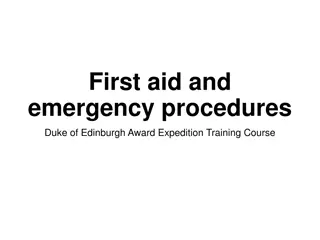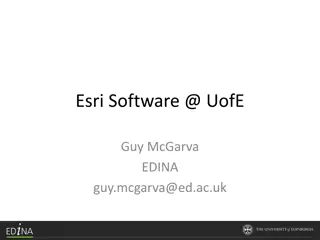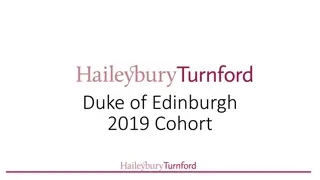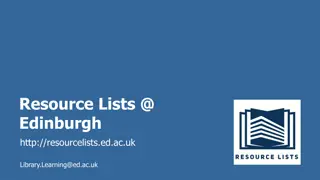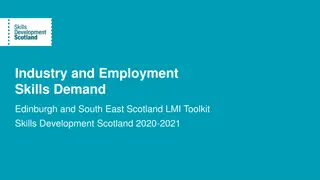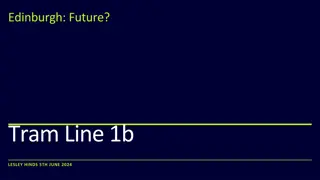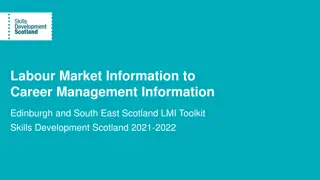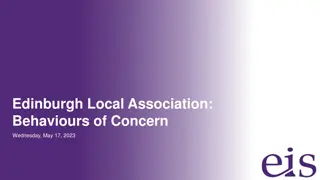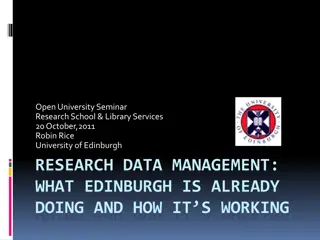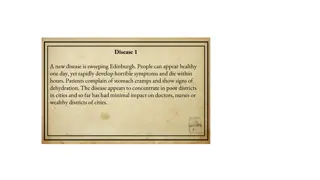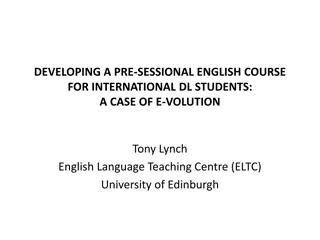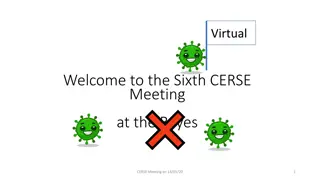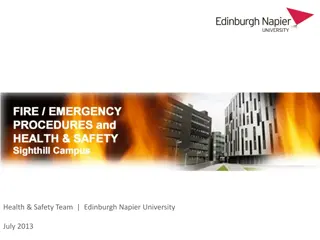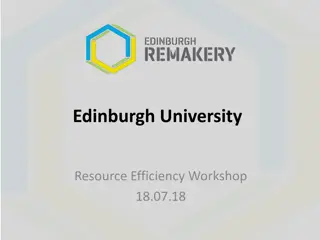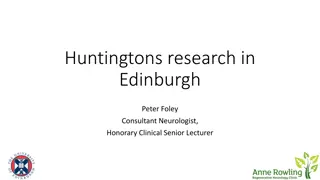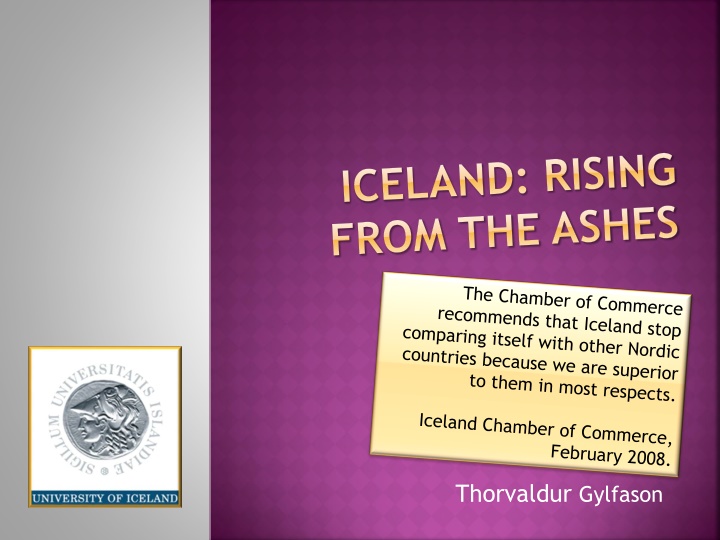
Iceland's Economic Journey: From Crisis to Recovery
Explore the turbulent economic history of Iceland, from mismanagement and collapse in 2008 to attempts at redemption with an IMF-supported rescue package. Delve into the privatization of banks and the challenges faced in restructuring the financial sector.
Download Presentation

Please find below an Image/Link to download the presentation.
The content on the website is provided AS IS for your information and personal use only. It may not be sold, licensed, or shared on other websites without obtaining consent from the author. If you encounter any issues during the download, it is possible that the publisher has removed the file from their server.
You are allowed to download the files provided on this website for personal or commercial use, subject to the condition that they are used lawfully. All files are the property of their respective owners.
The content on the website is provided AS IS for your information and personal use only. It may not be sold, licensed, or shared on other websites without obtaining consent from the author.
E N D
Presentation Transcript
ICELAND: RISING FROM THE ASHES Thorvaldur Gylfason
STORY IN THREE PARTS Background and history Long story of mismanagement, evidenced by OECD region s second highest inflation rate after Turkey Over 100 years of inefficient state banks Followed by Russian-style privatization 1998-2003 Collapse in 2008 One of the most spectacular crashes on record Currency fell by 50%, public debt rose by 64% of GDP After the fall: Redemption? IMF-supported rescue package Prospects
GROWING APART: GNI PER PERSON 1980-2010 70000 70000 Denmark Iceland 60000 60000 Finland Norway 50000 50000 Iceland Switzerland 40000 40000 Norway United States 30000 30000 Sweden 20000 20000 10000 10000 0 0 GNI per person (USD, PPP, current international dollars) GNI per person (USD, PPP, current international dollars)
BRIEF HISTORY OF THE BANKS I For decades, the government owned the banks Political leaders sat side by side on bank boards, representing essentially bankrupt economic interests and dividing the spoils ( Socialism of the Devil ) With negative real interest rates and an overvalued currency, bankers exercised significant power Privatization 1998-2003 ought to have aimed to sever those connections, but did not fully succeed Two largest banks were sold in part to well-connected individuals with close ties to the two governing parties ( within shouting distance ) The two parties maintained their operatives on the banks governing boards Buyers of banks borrowed from one another
BRIEF HISTORY OF THE BANKS II Banks were sold both at once at modest prices No serious attempt was made to attract foreign buyers of banks like in the Baltics Unlike Nordic and Baltic countries, there is as yet no foreign competition in Icelandic banking More concentration of industry than elsewhere Iceland: three banks had 85% market share EU: five largest banks have over 50% market share Privatization was supposed to make banks more efficient, enabling them to pay higher deposit rates and charge lower lending rates This did not happen, on the contrary
BRIEF HISTORY OF THE BANKS III Iceland s privatization of its state banks 1998-2003 was mismanaged in ways that contributed to collapse and to weak restraints on bank growth Government ought to have constrained the banks through taxes, but didn t you don t tax your friends Central Bank ought to have constrained them through reserve requirements, but didn t, on the contrary Financial Supervision Authority ought to have applied more stringent stress tests, tailored to local conditions, but didn t it looked the other way, designed to fail Besides, several documented earlier episodes of bank problems scandals, really when banks were state-owned were covered up No culture of accountability, no checks and balances
BRIEF HISTORY OF THE BANKS IV Once freed from government control, the banks kicked up their heels like cows in spring Unprecedented borrowing and lending spree Borrowed short abroad at low interest to make long-term housing loans at home at unprecedentedly low rates Icelandic version of subprime lending Loan pushers from the banks went into overdrive Extended loans indexed to foreign currencies: illegal Extensive insider lending without adequate collateral has come to light William Black: The Best Way to Rob a Bank Is to Own One (2005) There was nothing to hold them back
BLACKS RECIPE FOR CONTROL FRAUD The Best Way to Rob a Bank is to Own One When a senior officer deliberately causes bad loans to be made he does not defraud himself He defrauds the bank s creditors and shareholders, as a means of optimizing fictional accounting income It pays to seek out bad loans because only those who have no intention of repaying are willing to offer the high loan fees and interest required 1. Grow really fast 2. Make really bad loans at higher yields 3. Pile up debts 4. Put aside pitifully low loss reserves
BLACKS RECIPE FOR CONTROL FRAUD The Best Way to Rob a Bank is to Own One When a senior officer deliberately causes bad loans to be made he does not defraud himself He defrauds the bank s creditors and shareholders, as a means of optimizing fictional accounting income It pays to seek out bad loans because only those who have no intention of repaying are willing to offer the high loan fees and interest required 1. Grow really fast 2. Make really bad loans at higher yields 3. Pile up debts 4. Put aside pitifully low loss reserves
RATIO OF BANK ASSETS TO GDP 2007 (END OF YEAR) Source: Union Bank of Switzerland
RATIO OF BANK ASSETS TO GDP 1992-2007 10 Switzerland Iceland 9 8 7 6 5 4 3 2 1 0
CURRENT ACCOUNT 1989-2008 (% OF GDP) 5 0 -5 -10 -15 -20 -25 -30 -35 -40
EXTERNAL DEBT 1989-2008 (% OF GDP) Net External Debt (% of GDP)* 500 1000 450 900 400 350 800 300 700 250 200 600 150 500 100 50 400 0 300 2004 2005 2007 2007 2008m 2008 200 100 0 *Excluding risk capital
CENTRAL BANK FOREIGN EXCHANGE RESERVES 1989-2008 % of short-term debt 140 120 100 80 60 40 20 0
DEPRECIATION OF KRNA BY HALF SINCE FALL OF 2007 0 20 40 Icelandic kr nur (ISK) 60 80 100 120 140 160 180
TWIN BUBBLES Stock market rose by a factor of 9 from 2001 to 2007 44% average annual increase six years in a row World record Clearly a bubble, and hence unsustainable Even before bank collapse, stock market fell by more than 50% from 2007 Real estate prices rose by a factor of 2.5 from 2001 to 2008 11% per year on average Led to construction boom Count the cranes! (Professor Robert Aliber) Also, a bubble, unsustainable Accident waiting to happen
TEN LARGEST CORPORATE BANKRUPTCIES OF ALL TIME (USD BILLION) Source: Financial Supervisory Authority of Iceland.
IMF TO THE RESCUE Two-year stand-by arrangement in November 2008, extended to 3 years IMF provides $2.1 billion, with $0.8 billion up front and the rest in eight equal installments subject to quarterly reviews Exceptional access to Fund resources, amounting to nearly 1,200% of Iceland's quota Fund money covers 42% of total financing gap of $5 billion during 2008-2010 Remaining $2.9 billion is provided by Denmark, Finland, Norway, and Sweden (conditional, 2.5) Russia (conditional, but withdrew) Poland (conditional, 0.2) Faroe Islands (unconditional, 0.05) EU (macro-stabilization loan, 0.15)
MAIN FEATURES OF IMF PROGRAM Monetary restraint, business as usual Transparent bank restructuring (takes too long) Floating exchange rate Supported by strict but temporary capital controls Due to delays in program implementation and other issues, there is still no sign of relaxation 4 years later Fiscal space provided in 2009, with government budget deficit of 14% of GDP; turned out at 9% Fiscal restraint kicked in from 2010 onward Cut spending from 50% of GDP in 2009 to 40% in 2017 Keep revenue at 41% of GDP from 2009 to 2017 Adjustment equivalent to 10% of GDP in 8 years; tough Different from Asian programs 10 years ago IMF tolerates capital controls, grants fiscal space temporary
DEBT DEVELOPMENTS Gross external debt, public and private 291% of GDP at end-2010, even after huge write- offs of private debt equivalent to ca. 500% of GDP Scheduled to drop to 157% by 2017, still heavy Net external debt said to drop to 50%-70%, some say 100% Public debt, domestic and foreign Gross public debt: 93% of GDP at end-2010 Up from 29% in 2007, scheduled to drop to 77% 2017 Crisis has increased public debt by about 64% of GDP Net public debt: 63% of GDP at end-2010 Recapitalization of Central Bank cost 18% of GDP Recapitalization of the 3 banks cost another 18% of GDP Scheduled to drop to 53% by 2017
EXPECTED RESULTS OF PROGRAM 2009 2010 2011 2012 2013 2014 2015 2 2 6 5 4 3 147 135 % GDP growth* -7 8 12 159 -4 8 5 183 3 7 4 3 6 5 3 4 Unemployment** Inflation* 2.5 131 Foreign debt*** 170 154 * % per year ** % of labor force *** Net, public and private, % of GDP Source: IMF, November 2012
ICELAND VS. IRELAND Did Iceland stand up to the banks? No, debts of Iceland s private banks were so large that there was no way for the government to bail them out Yet, foreign creditors were led to believe that the government stood behind the banks Private banks defaulted while sovereign default was averted, and remains unlikely In Ireland, bailout seemed feasible at the time, but may turn out not to be feasible Ireland may have to renegotiate with its creditors
WHAT TO DO ABOUT DEBTS? General rule is pay back if at all possible But, if you cannot pay back, you don t Many households and firms in dire straits Nominal, indexed debts rose while real wages fell Oldest trick in the book is to allow moderate inflation to equitably deflate debts But this is sensitive in a high-inflation country that introduced financial indexation 30 years ago in reaction to the inequitable consequences of high inflation for borrowers and lenders Banks made illegal foreign-currency-indexed loans Two banks owned by US venture firms, one by government No plan in sight for future organization of banking system
ECONOMICS AND JUSTICE Banks violated the laws (SIC 2010) Need accountability, responsibility, transparency 80 cases of suspected violations under investigation by Special Prosecutor, involving over 200 individuals Insider trading Market manipulation Breach of fiduciary trust Bumpy ride Repeated attempts to unseat crime-busting post- crash Director of FSA succeeded in 2012
PROSPECTS I Iceland is not alone, given Europe s woes Two views Pessimists warn that debt burden threatens to match that which the allies imposed on Germany at Versailles after World War I, with predictable economic and political consequences France, UK, US, Italy imposed war damages on Germany equivalent to 80% of GDP, then reduced their claim by half Victors also took land, reducing Germany by more than 10% Claim was not paid in full, was settled peacefully in 1932 Optimists emphasize that the Faroe Islands emerged from their deep financial crisis in early 1990s with an external debt to Denmark equivalent to 120% of GDP, and were able to repay with interest within 6-8 years Long-term loss to Faroes despite recovery in other respects Net emigration of about 10% of population This Iceland (pop. 320,000) must avoid No net emigration thus far
PROSPECTS II Successful recovery rests on two pillars Continued economic revival backed by further reforms Decision by Parliament in 2009 to apply for EU and EMU membership will, it is hoped, send encouraging signal to international community This prospect looks less attractive now to some voters Must uncover the causes of the collapse, including massive failure of policy and institutions Special Investigation Commission, appointed by Parliament, produced a scathing 2,300 page report Former Prime Minister was indicted by a Court of Impeachment New post-crash constitution is underway THE END



